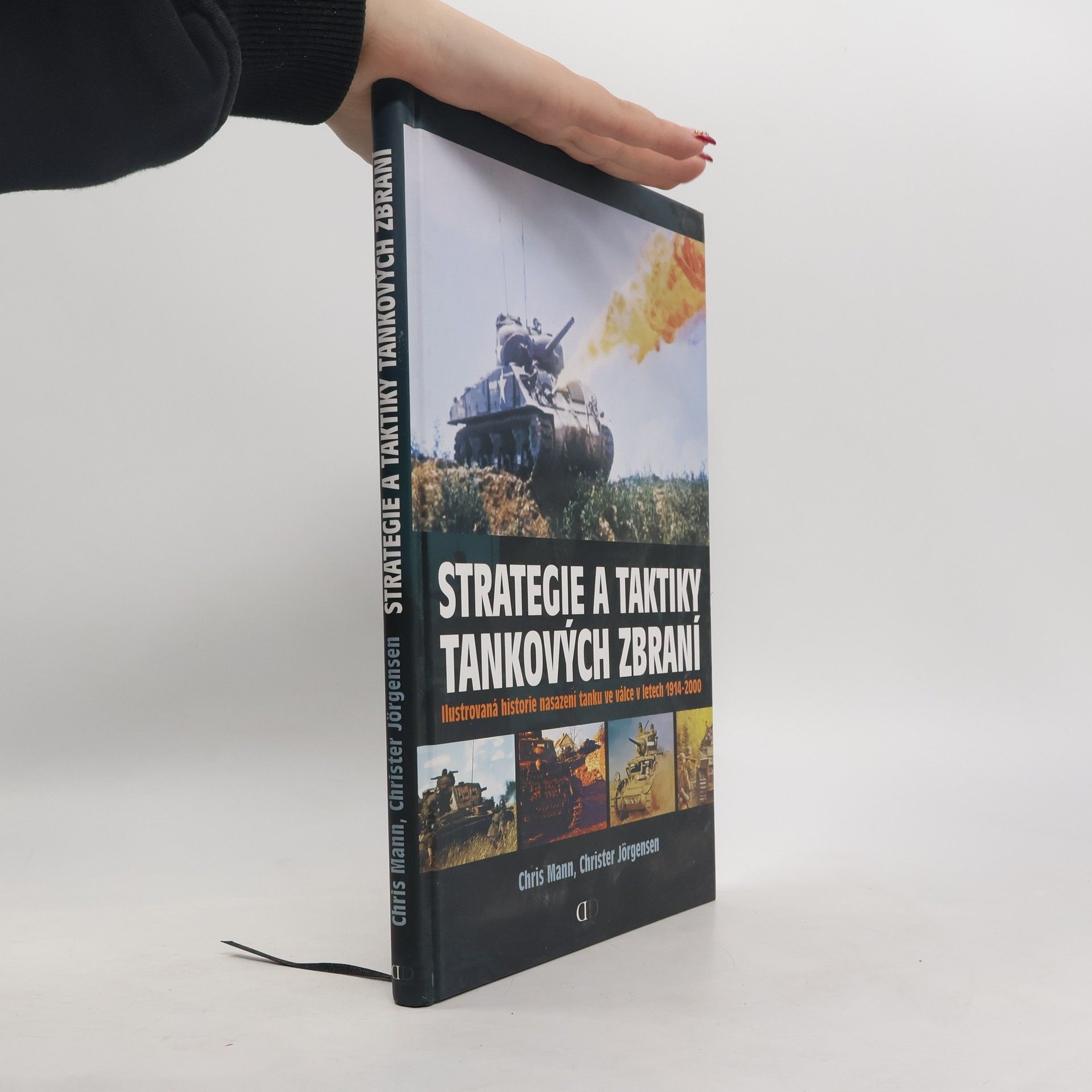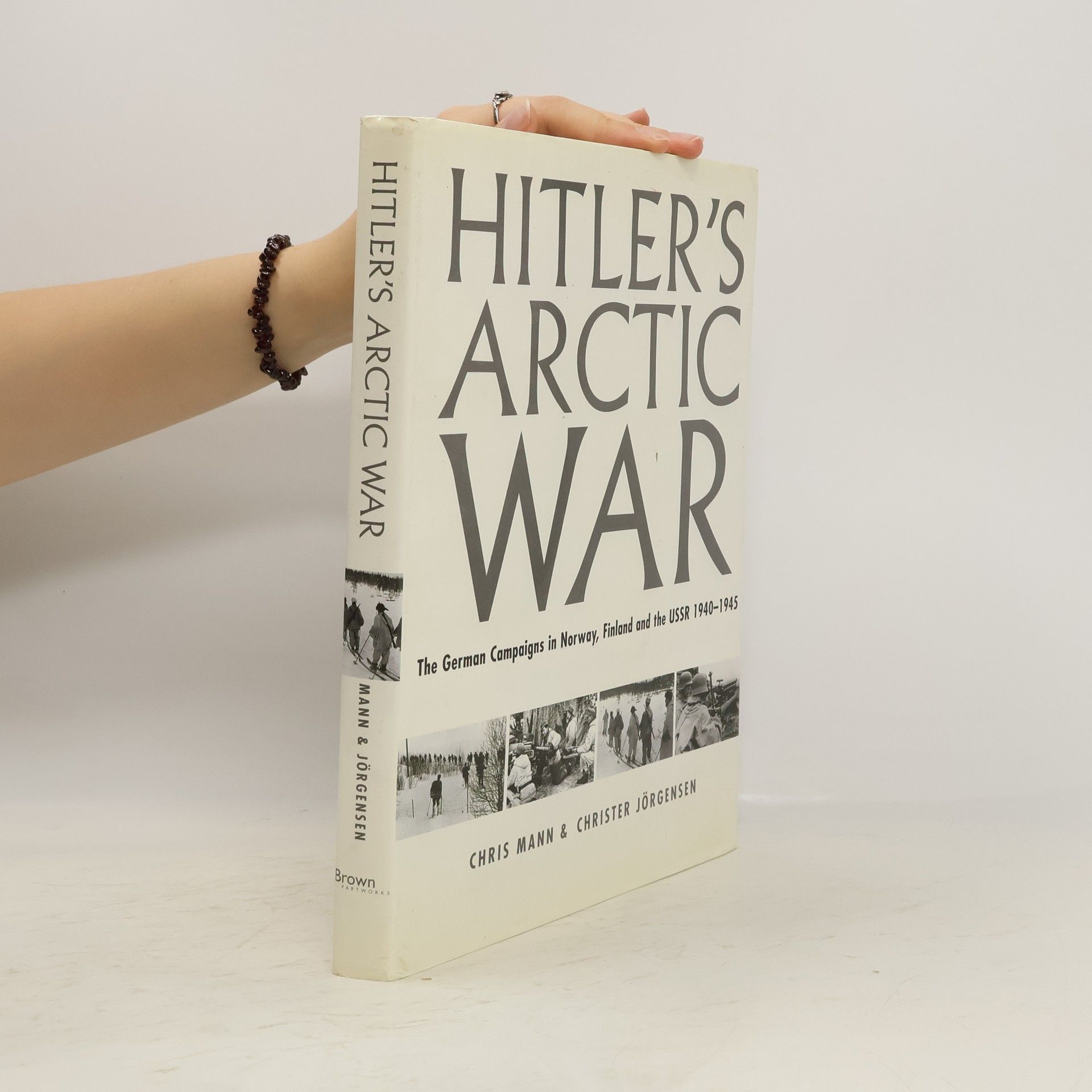Schlachten : die grössten Gefechte der Weltgeschichte
- 256 Seiten
- 9 Lesestunden
Eine übersichtliche, reich bebilderte Einführung in 30 berühmte Schlachten der Weltgeschichte - darunter Marathon, Cannae, Höchstädt, Trafalgar, Austerlitz, Waterloo, Gettysburg. Verdun, Stalingrad, Normandie und andere. Farbig illustrierte Karten verdeutlichen die entscheidenden Manöver, Strategien und Taktiken der Gegner. Mehr als 250 Farb- und Schwarz-Weiß-Fotos sowie Illustrationen von Uniformen, Persönlichkeiten, Taktiken und Ausrüstung veranschaulichen das Militärwesen jeder einzelnen Epoche.





